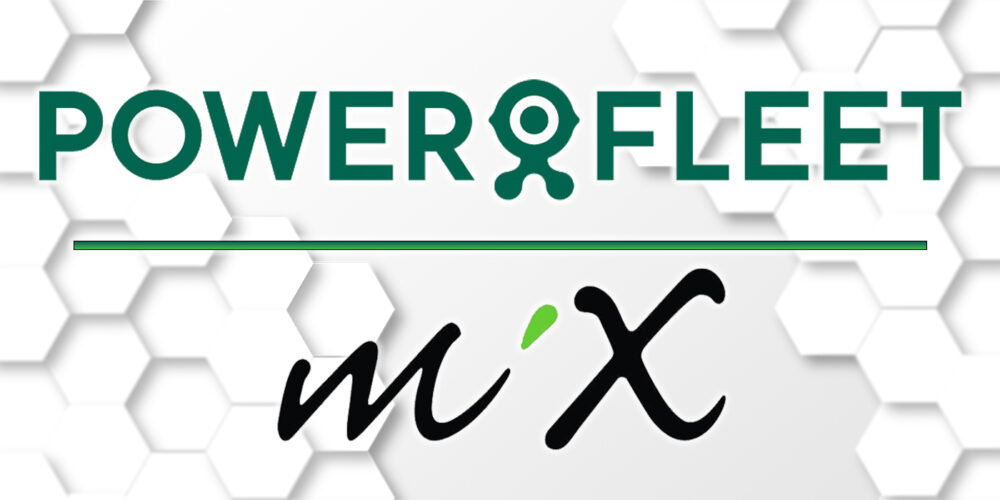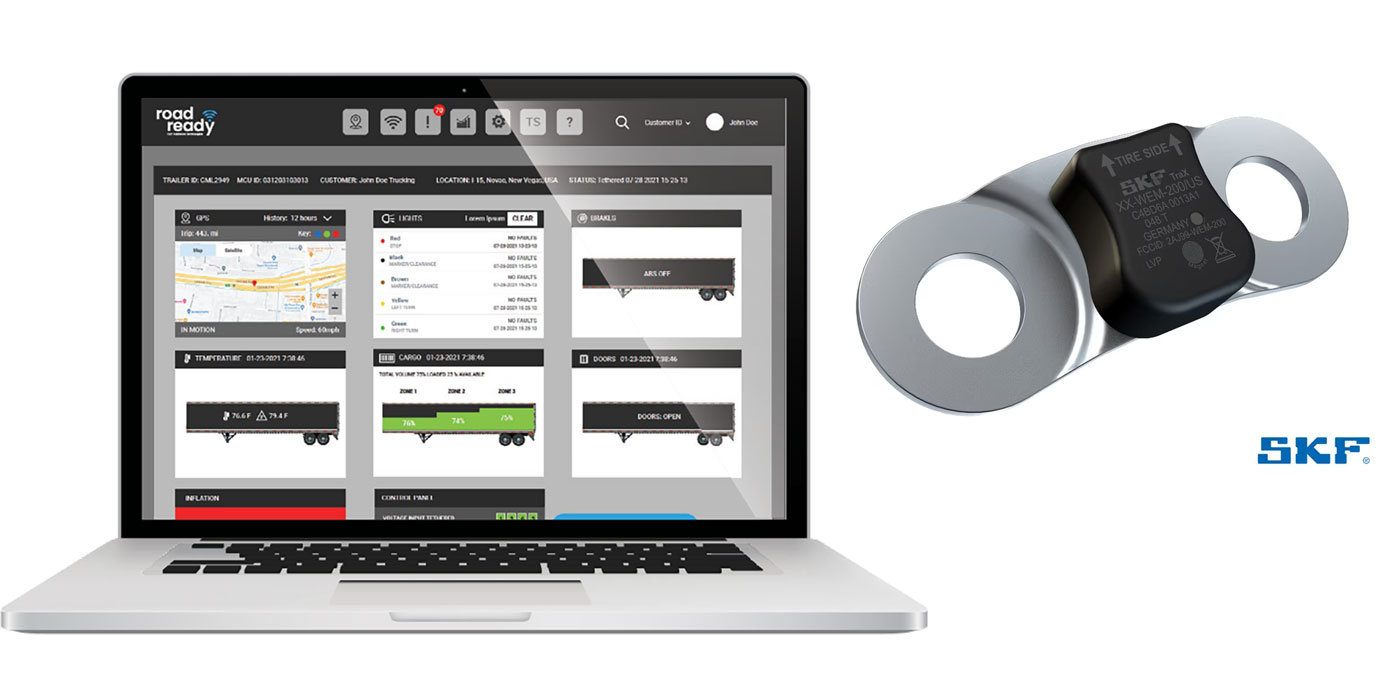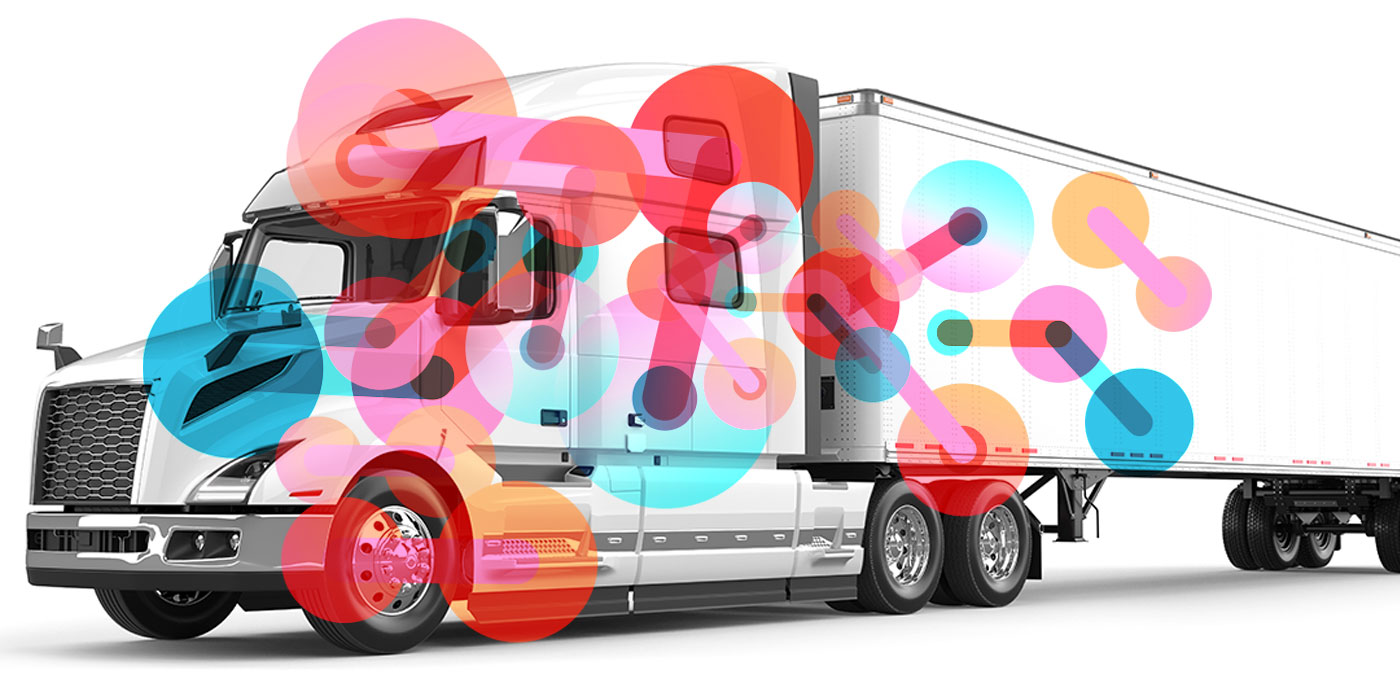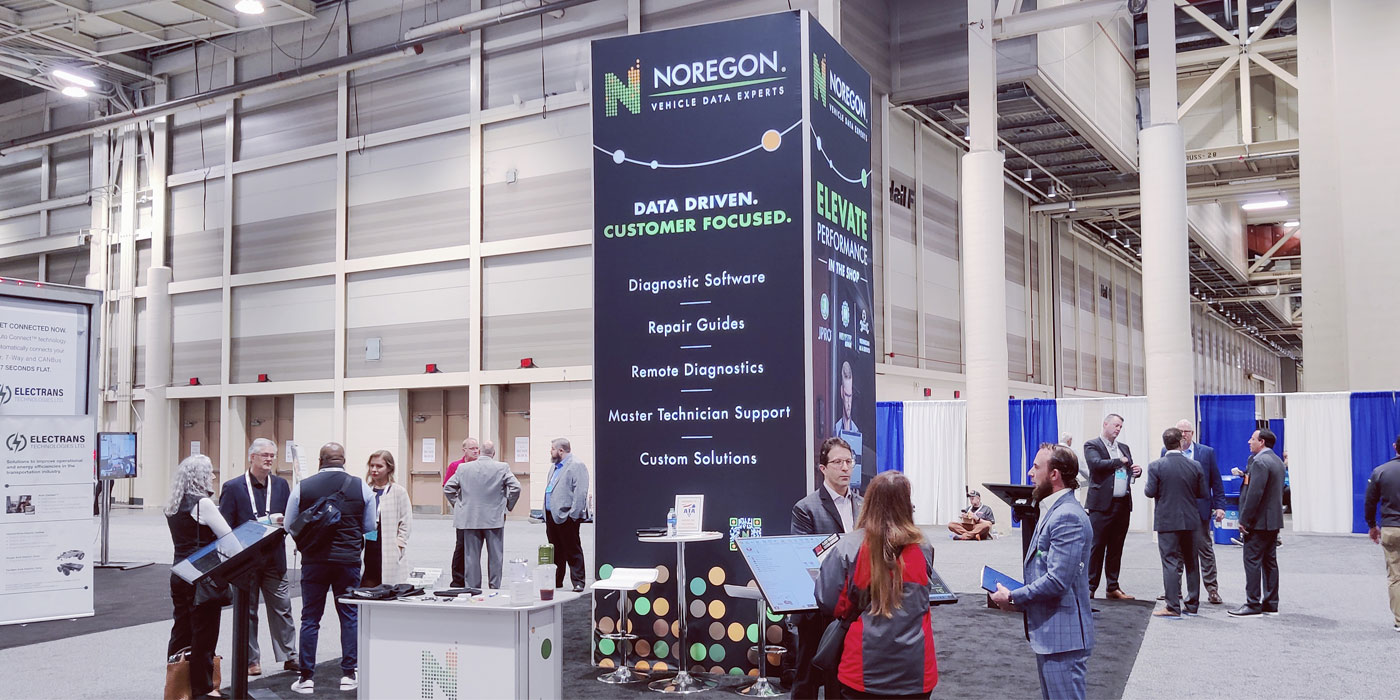Sit down with Neil Cawse, Geotab’s chief executive officer, and suddenly a world of possibilities opens up before you as the conversation spins through heady stuff like how babies’ brains develop or how the stars in a galaxy relate to each other and how that all corresponds with trucking. Clearly, Neil isn’t thinking just one step ahead—he’s light years ahead. As he shares his thoughts on how data can improve the operations of any fleet, you start to see how it’s all connected. Not only in the digital sense, with data streaming off your trucks and landing on your desktop dashboards, but also in a relational sense: cause and effect; action and reaction. To get an idea for how it all comes together, peruse this offering of cool quotables. Don’t worry about where you start or how you get from one to another. Once you’ve had your fill, read about how it all comes together here.
Big Data education
“Right now, fleets say, ‘I’ve got all this data at the end of every month, but I’m not getting any useful information out of it.’ The way we look at it is you start with an IoT device, like a Geotab device, that collects the data. Step two: You put that data into a Big Data repository so that you have all the data in one place. Then, you immerse yourself in the data to figure out what is working and what isn’t working. Later on, if it’s applicable, you can layer on A.I. and machine learning because it can leverage Big Data. But fleets have to go down that path; you have to walk up each step.”
‘The honest truth about predictive maintenance’
“There are going to be some things that are easier to do and others that are harder. We must be careful of the kind of promise that says, ‘Oh, I am going to be able to use predictive maintenance on your entire fleet; you’ll never have to worry about anything again.’ The reality is that engines are complex, and the access that we have to all of the sensor data is relatively limited. Everyone gets access to data that’s on the CANbus. There is a certain subset of the sensors data that’s available there, and it’s not always given in the resolution that you want. So, you have to be careful.”
How machine learning works
“The way that developers built machine learning networks is a problem. They said, ‘I’m not going to build it with building blocks the way a baby’s brain would.’ When we start off our lives, our brain develops its building blocks based on the first sights that we see. For example, we all do edge detection; our eyes know the edges of things. Then our brain starts doing things like lighting compensation. Then there’s object classification. It builds upon these layers, one on top of each other. Ultimately, the layers can do some really cool things; high-level functions are built on that foundation. The problem is that most of the machine learning technology built today has used an opposite approach. There’s no understanding of what’s actually happening under the hood.”
How to tell what’s actually happening on the road
“The question is simple: If you’re collecting all this data, how can you tell what actually happened? The way we approach the problem is we say, ‘We’ll give you a whole lot of data points, and we’ll label the data for you. We’ll tell you that this harsh braking incident didn’t result in an accident or that this impact on the vehicle was a small and minor or this one was a major impact. And this one resulted in property damage.’ You give our system data at a high enough resolution and we can do that.”
Fleet Equipment is here to help. Our December issue is packed with data-related stories, including:
First things first: Do you really own your trucks’ data?
You can find tips on navigating end-user license agreements here.
Data integration: Who has access to your data
Lastly, we crown data as our ‘Equipment Trend of the Year’ here.














